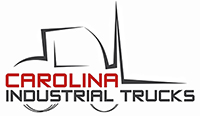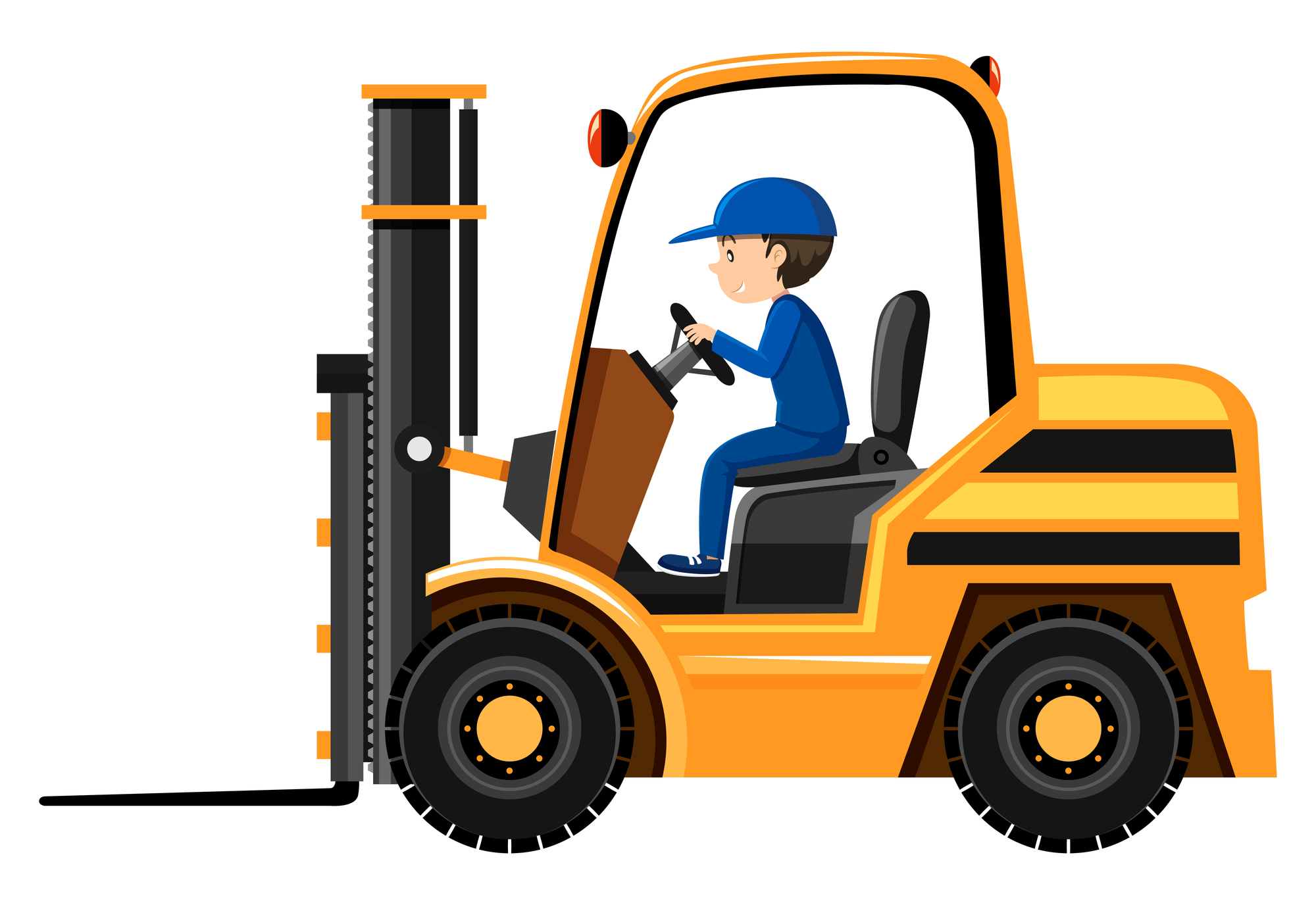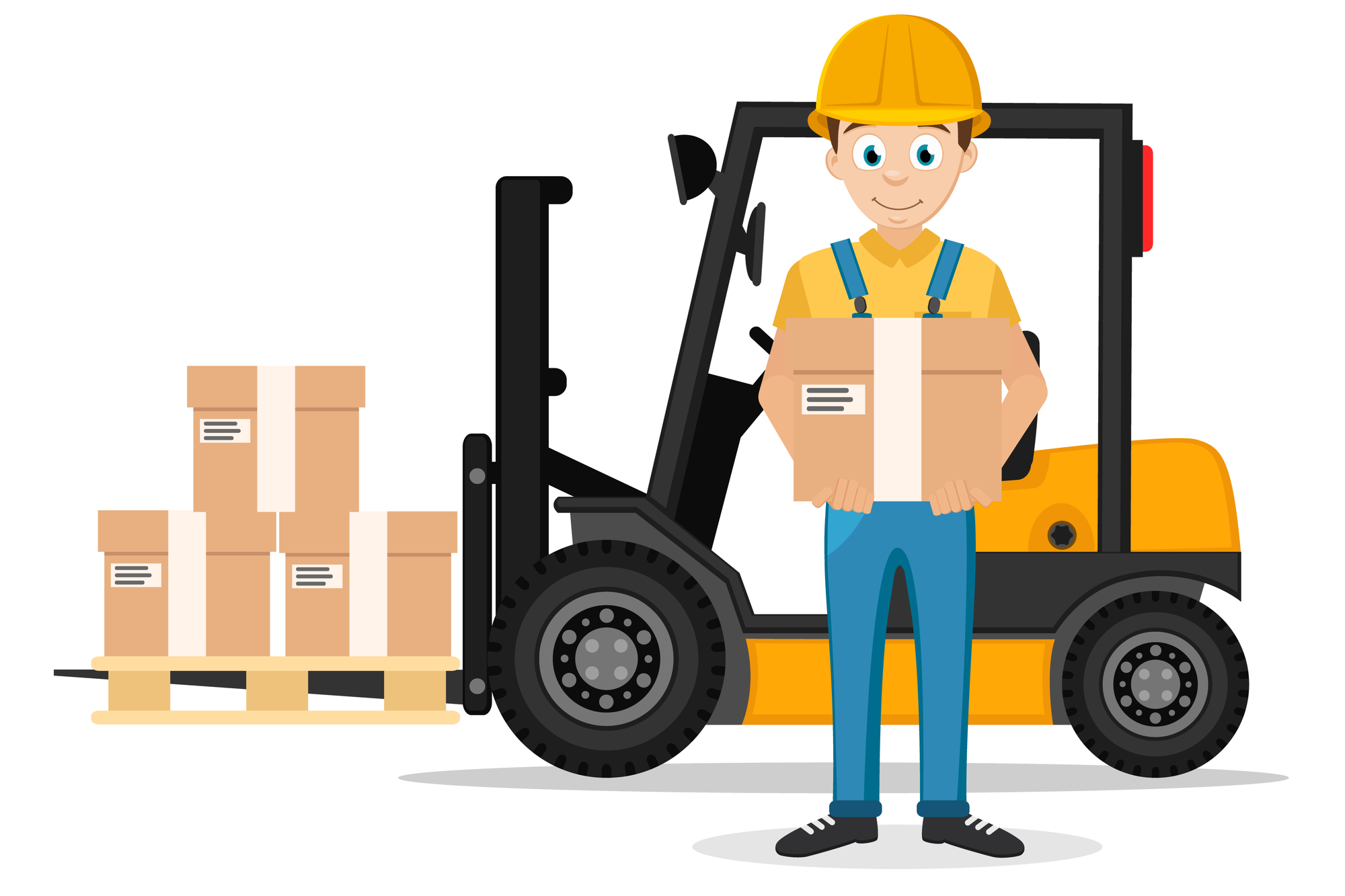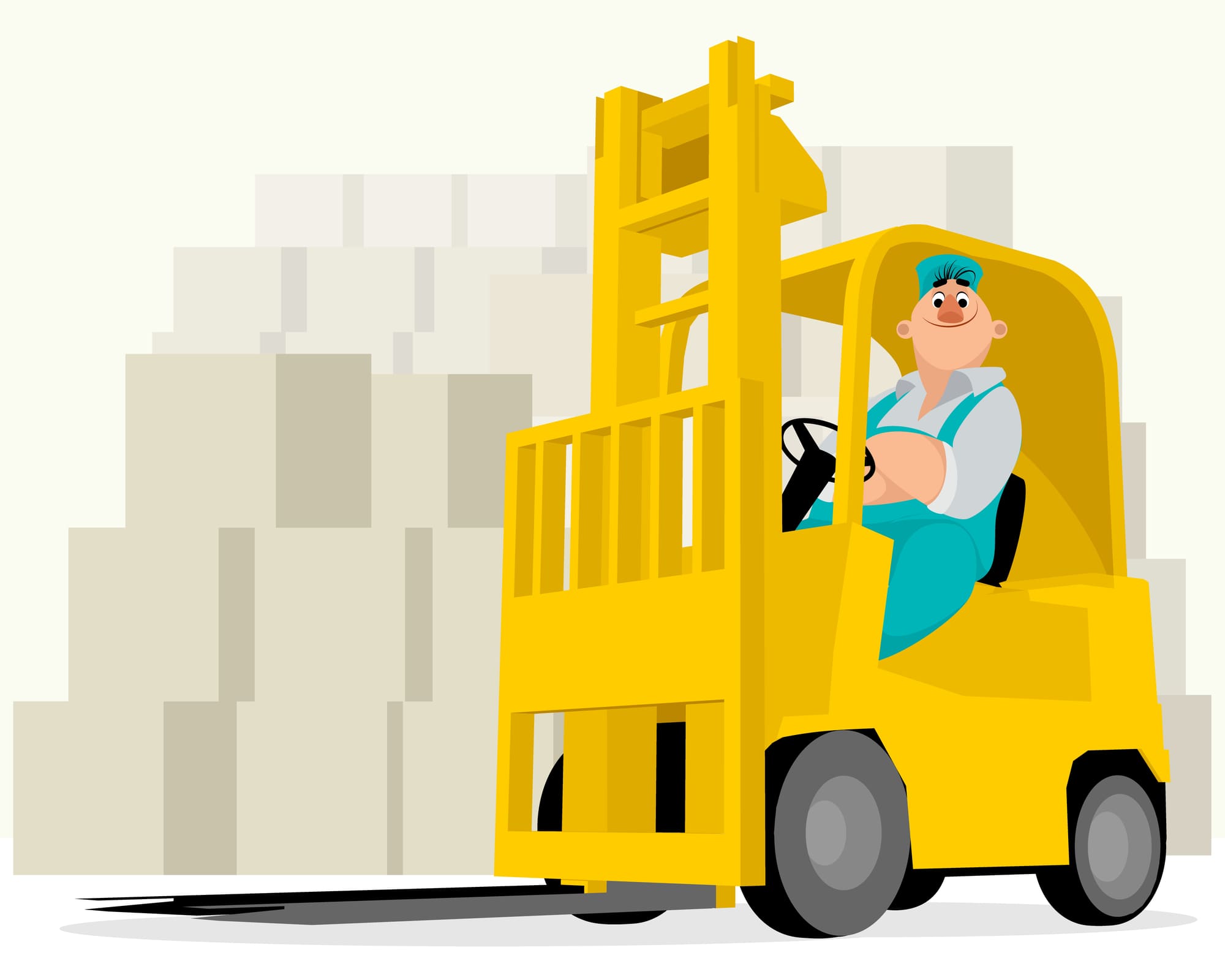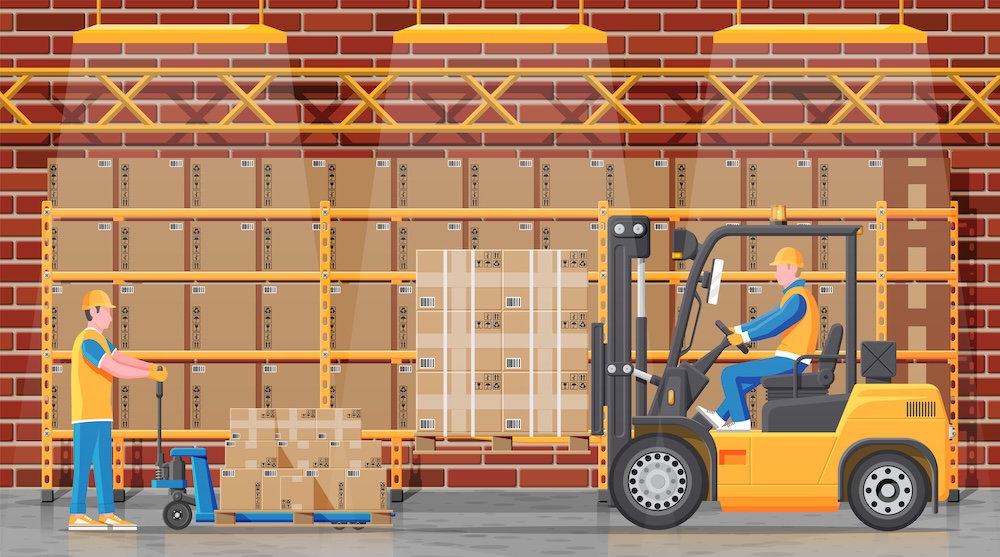Knowing and Understanding Load Capacity of Your Forklift
10/01/2019
CITrucks
When you get a new forklift, you need to understand its load capacity to operate it properly. If you are planning on using a forklift any time soon, you need to read this important information about forklift loading capacity as soon as possible!
Forklift load capacity is the maximum weight that a forklift can safely carry a load to a specific loading center. Loading centers are the middle of a forklift truckload from front to back. To better understand what a forklift load center is, simply learn how to calculate one.
To calculate a forklift loading center, measure the load that is going to be carried and divide it by two. This calculation only works properly if the load is evenly distributed on the forklift and pressed back all the way on the forklift until it is up against the forklift’s backrest. If for some reason the load is not properly centered in its position on the forklift, the forklift’s load capacity will reduce.
To further understand how we determine load capacity for a forklift, we are going to go over the major factors that affect a forklift’s load capacity.
Loading Capacity Factors
Load capacity is the maximum amount of weight or pressure that can be pressed on a forklift. Below is the main device that tells you everything you need to know about your forklift's loading capacity.
1. A Load Capacity Data Plate
A load capacity data plate is a metal plate specifying the load each forklift can lift. The load capacity data plate even states how much a forklift can lift when it has different attachments on it and is positioned at different mast angles. In fact, you should find the load capacity, lift height, load center distance, forklift brand, and model number, down rating of lifting capacity if a mast is fitted, and down rating for any attachments stated on the local capacity data plate.
In a way, a forklift load capacity plate acts as a forklift load capacity chart. All the information stamped on a load capacity data plate affects load capacity ratings.
Forklift Loading Gross Capacity Factors
The gross capacity of a forklift is the forklift capacity rating with its base chassis. When all other conditions are ideal, the gross capacity of a forklift provides support up until a specified height.
1. Attachments
Attachments such as fork positioners or side shifts can cause the capacity rating of a forklift to change. Load width and length changes can also cause capacity rating changes.
2. Load Center
Forklift manufacturers usually use a 24-inch load center for the base rating of a forklift. People use base ratings of forklifts to compare forklifts from different manufacturers.
Forklift Loading Net Capacity Factors
The net capacity of a forklift is how much a forklift can lift based on all its individual features. Another name for net capacity is payload capacity.
Net Capacity Factors
1: Specific Attachments
When a forklift attachment is fitted to the forklift, the dynamic and operating ability for the forklift to lift at loading capacity and net capacity changes. One should note that forklift attachments have some rated capacities and some de-rated capacities.
The rated capacities of forklift attachments are found on the forklift’s load capacity data plate. De-rated forklift capacities refer to a decrease in the forklift’s lifting capacity. These individual features include specific attachments.
2. The Height and Type of Mast of the Forklift
A forklift mast is the part of the forklift that lifts, positions, and lowers the load that the forks of the forklift carry. There are four main types of forklift masts. These types include standard upright, duplex upright, triple stage upright, and quad upright.
The height of a forklift mast along with how far the forklift mast can tilt forward and backward, are individual forklift features that affect the forklift’s net capacity. One should also note that forklifts with high masts have greater carrying capacity when operating at lower lift heights.
3. Tires, Terrain, and Load
Other individual features of a forklift that affect its net capacity and gross capacity include the choice of tires, the type of terrain that the forklift is operating on, and the type of load the forklift will carry. The higher you lift and the larger the load, the lower the net capacity of the forklift.
4. Age of Forklift
The age of the forklift will also affect its gross and net capacity. This is because older forklifts do not have many of the same type of updated parts that newer forklifts do. For example, the tires between the older and newer forklifts could be completely different from one another.
5. The Height and Weight of Forklift
To ensure your safety, it is best if a dealer representative evaluates your forklifts to see if they operate effectively in your place of work. In this forklift evaluation, a dealer representative will look at the types of loads the forklifts carry, the length, width, weight, and height of the forklifts’ loads, and more.
As a possible forklift operator, you yourself should also take note of as much knowledge of your forklifts’ load capacity as possible to avoid risks. Things you should be aware of as a possible forklift operator include the effects that a load’s shape, weight, and size can have on a forklift, as well as how a load should be positioned.
Forklift Operating Tips
When it comes to operating a forklift and understanding its loading capacity, there are several tips we would like to provide for you. One of these tips is that if you exceed the stated load center, simply reduce the weight of the load into two pallets instead of just one if possible. Another tip is to purchase forklifts with larger load capacities than needed.
Another tip is to always make sure that the information on the load capacity data plate is accurate. It is also wise to keep tabs on what the capacity of the forklift is so that you do not exceed it.
It would be even wiser to learn how to use the load capacity plate. That way you will never exceed it. You should also check the approximate weight of the load you are moving.
To learn more about the important features of different trucks outside of forklifts, contact us in Charlotte, or at one of our five other locations.
